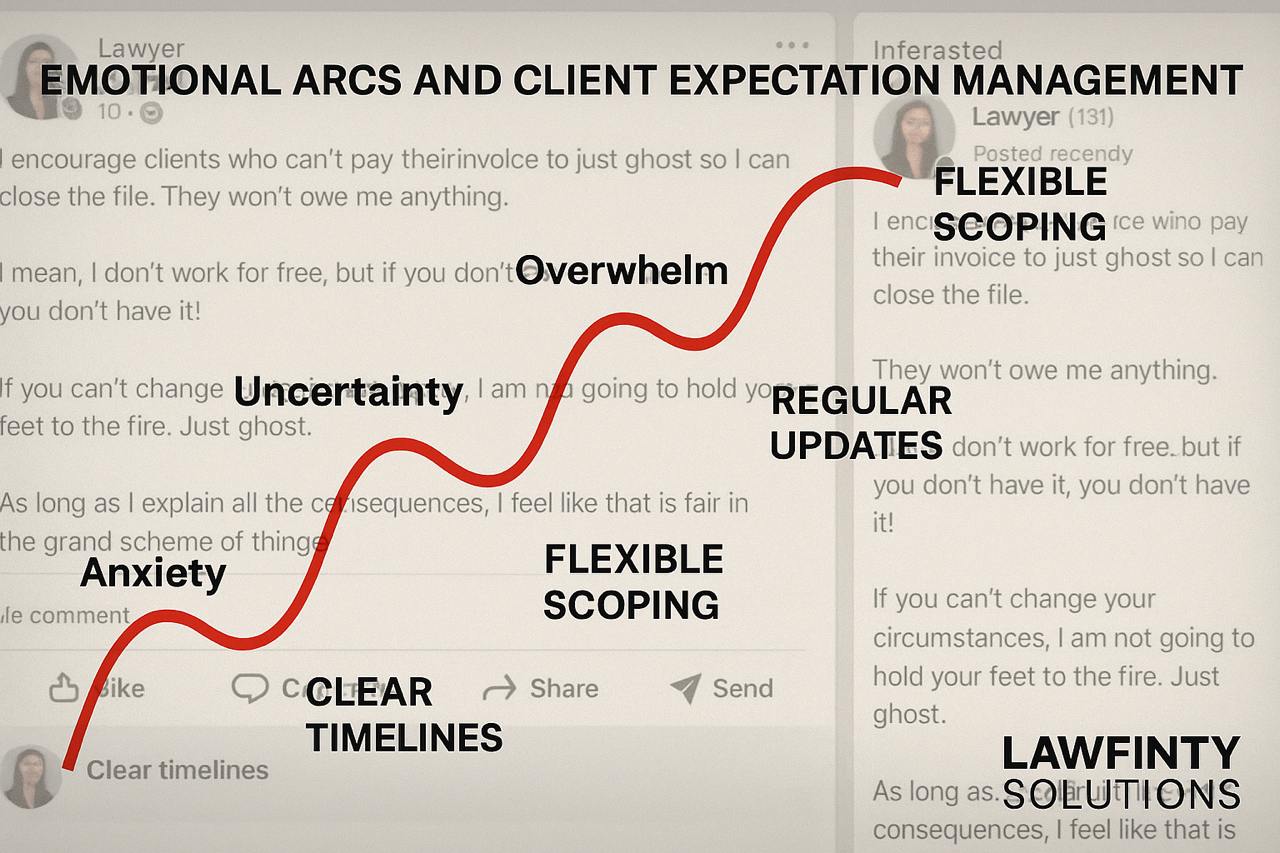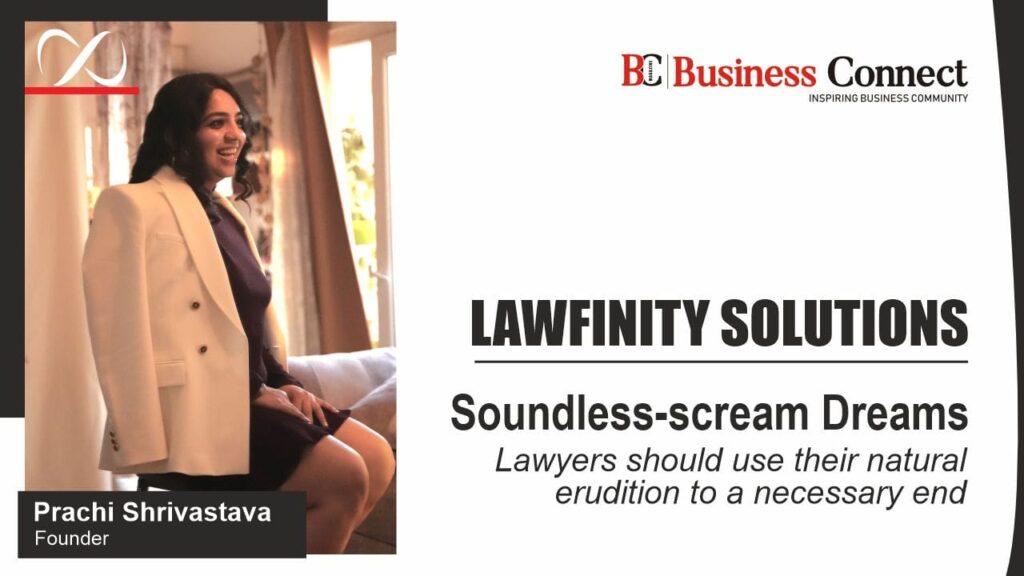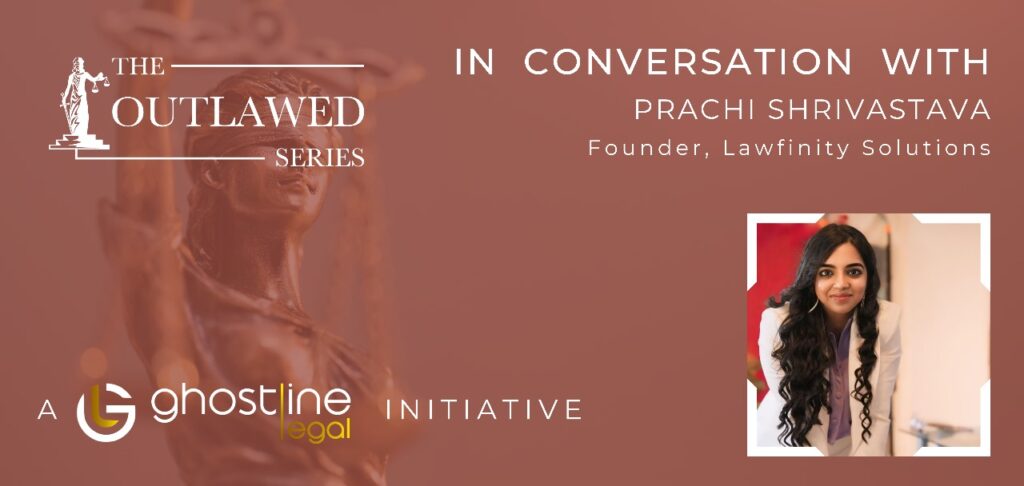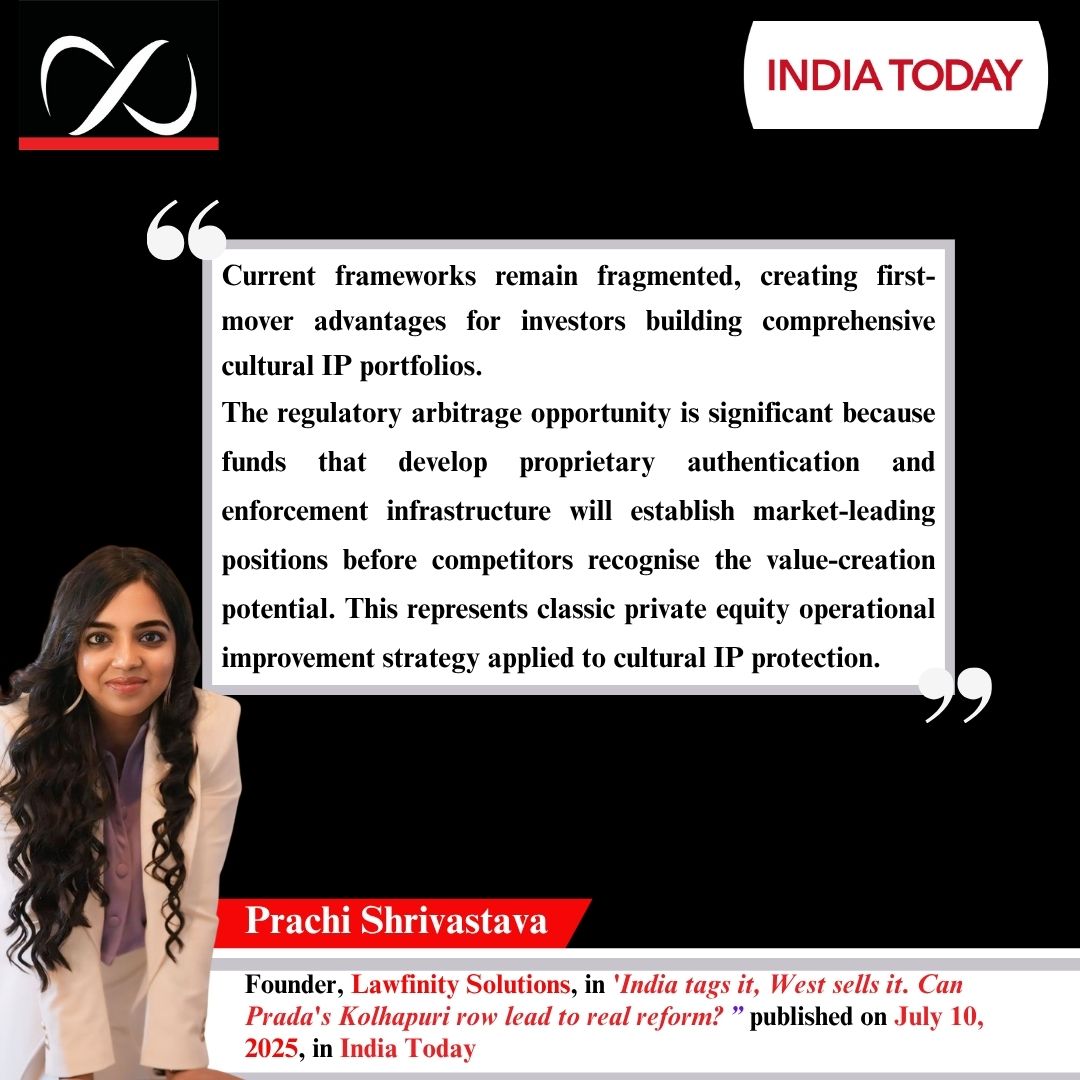Every week on legal LinkedIn, we witness the same tragedy: a competent, well-meaning lawyer publicly processes their client trauma in real time. The post gets likes. The comments offer solidarity. But something else happens too: trust erodes, referrals dry up, and the lawyer unknowingly signals that they might be the kind of professional who throws clients under the bus when things get messy.
Consider this recent example that’s been making rounds:
“I had to ask- Am I your legal counsel or your emotional support counselor? Yes, they’ve paid in full. But closure matters. Legal work is time-bound and precision-driven. I don’t procrastinate, I don’t ignore. If the fee is taken, the service is delivered. But how can one maintain composure with emotional calls and new facts every day?”
The lawyer concludes: “Some clients truly test your limits, not legally, but emotionally.”
This post reveals something most of us recognize but rarely discuss: the emotional labor crisis in independent legal practice. This isn’t about unprofessionalism, it’s about a systemic gap between what lawyers are trained to handle (legal complexity) and what they actually encounter (human complexity).
The Real Problem: Emotional Labor Without Infrastructure
The lawyer in that LinkedIn post isn’t weak or unprofessional. They’re drowning in unstructured emotional labor while trying to maintain the precision and boundaries that good legal work requires. This creates a perfect storm:
The client sees: A lawyer who seems overwhelmed by normal human emotions during what might be the most stressful period of their life.
The lawyer experiences: Genuine exhaustion from being asked to be therapist, mediator, family counselor, and legal counsel simultaneously without the training or compensation structure for most of those roles.
The audience reads: Someone who might not be able to handle complex, emotionally charged matters with the discretion and professionalism they’d expect.
Everyone loses.
The Hidden Emotional Arc Every Lawyer Recognizes
Before we talk solutions, let’s acknowledge the pattern that leads to these posts. Most independent lawyers, especially those building their practice, experience this cycle:
Enthusiasm Phase: New client, interesting matter, good fee. You’re energized and confident.
Scope Creep Phase: “Quick questions” multiply. Emotional calls increase. The legal matter becomes tangled with family dynamics, business disputes, or personal trauma.
Boundary Erosion Phase: You start taking calls at odd hours because “it’s just five minutes.” You provide therapeutic reassurance because the client is clearly suffering. You research tangential issues because it feels relevant to their broader situation.
Resentment Building Phase: You realize you’re doing the work of three different professionals but being paid for one. The client’s emotional neediness starts feeling manipulative rather than vulnerable.
Breaking Point: A late-night call, an unreasonable demand, or a criticism of your work triggers something. You feel unappreciated, overextended, and professionally disrespected.
Public Processing: LinkedIn becomes the outlet. The post writes itself.
Signal Damage: Immediate validation from other lawyers who’ve been there, but subtle reputational erosion with potential clients who wonder: “Is this how they’ll talk about me if things get difficult?”
The BOUND System: A Framework for Professional Resilience
Rather than simply telling lawyers not to vent, we need practical systems to handle the emotional complexity of legal work while maintaining professional boundaries and brand integrity.
B – Boundaries Built Into Business Architecture
The Problem: Most lawyers set boundaries reactively, after they’ve already been crossed.
The Solution: Build boundary management into your client onboarding and fee structure.
Tactical Examples:
- Communication Windows: “I’m available for calls Tuesday and Thursday between 2-4 PM. Urgent matters can be texted, but urgent means ‘requires action within 24 hours to prevent legal harm.'”
- Emotional Support Boundaries: “I recognize this situation is emotionally difficult. While I’ll always be professional and compassionate, my role is legal counsel. For the emotional processing this situation requires, I can recommend excellent therapists who specialize in [divorce/business disputes/family conflicts].”
- Scope Definitions: “Family dynamics often intersect with legal matters. When they do, we’ll pause to determine if the new information requires legal analysis (billable) or is emotional context (acknowledged but not researched).”
O – Observe the Emotional Temperature Before Responding
The Problem: Lawyers often post immediately after triggering incidents, when emotional regulation is lowest.
The Solution: Create a 24-48 hour buffer between difficult client interactions and any public commentary.
Tactical Examples:
- The Draft and Delete Method: Write the vent post immediately, but save it as a draft. Return in 48 hours and ask: “What does this teach someone about working with me?”
- The Professional Translation: If you still want to address the situation publicly, reframe it: “In high-stress legal matters, clients often need both legal counsel and emotional support. Here’s how I help clients understand the difference and find appropriate resources for both.”
- The Teaching Moment: Transform the frustration into education: “Boundaries aren’t walls—they’re professional infrastructure that helps both lawyers and clients do their best work.”
U – Use Templated Responses for Predictable Situations
The Problem: When emotional regulation is low, lawyers often improvise responses that can escalate rather than de-escalate.
The Solution: Prepare calm, professional responses for common boundary-crossing situations.
Tactical Templates:
For Emotional Overwhelm: “I can see you’re going through a really difficult time. This legal matter is clearly connected to some deep family/business/personal pain. While I’m committed to excellent legal representation, I think you’d benefit from talking through the emotional aspects with someone specifically trained for that. I can recommend some excellent therapists/counselors who understand situations like yours. Meanwhile, let’s focus our sessions on the legal strategy that will get you the best outcome.”
For Scope Creep: “I notice we’re spending significant time on [issue]. This feels important to you, so let’s clarify: is this something you’d like me to research and provide legal analysis on (which would be billable work), or is this context you’re providing so I understand the situation better? Both are fine—I just want to be transparent about what’s consultation versus research.”
For After-Hours Contact: “I received your message at [time]. I respond to non-urgent communications during business hours. If this requires immediate legal action to prevent harm, please call my emergency line and specify what legal deadline or threat we’re facing.”
N – Narrativize With Professional Nuance
The Problem: When lawyers do choose to write about difficult client situations, they often lack the communication skills to transform personal frustration into professional insight.
The Solution: Learn to tell stories that teach rather than vent.
Before and After Examples:
Reactive Post: “Some clients truly test your limits, not legally, but emotionally.”
Professional Narrative: “Legal matters rarely exist in emotional vacuums. When clients are under extreme stress, they sometimes need their lawyer to be therapist, mediator, and strategic advisor all at once. I’ve learned to help clients identify which needs require legal expertise and which needs require other professionals. This clarity helps everyone—better legal outcomes, better emotional processing, and more sustainable working relationships.”
Reactive Post: “I am not your emotional support animal.”
Professional Narrative: “One of the hardest parts of legal practice is maintaining compassion while preserving professional boundaries. Clients facing [divorce/business disputes/criminal charges] are often in the most vulnerable period of their lives. They need both excellent legal counsel and emotional support—but those are different skills requiring different training. Here’s how I help clients access both.”
D – Document Patterns to Build Systematic Solutions
The Problem: Lawyers treat each difficult client interaction as a unique crisis rather than recognizing patterns that can be systematically addressed.
The Solution: Track what triggers client emotional escalation and build preventive systems.
Practical Documentation:
- Client Communication Audit: Track what types of communications lead to boundary crossing. Is it usually after court hearings? During document review? When deadlines approach?
- Trigger Pattern Recognition: Notice what situations make YOU most likely to want to vent publicly. Late-night contacts? Criticism of your work? Requests for free additional services?
- System Refinement: Use these patterns to improve your onboarding, communication protocols, and boundary-setting language.
Replacing Emotional Leakage with Strategic Communication
The goal isn’t to suppress authentic professional challenges—it’s to transform them into content that builds rather than erodes your professional brand.
Strategic Alternatives to Common Vent Posts
Instead of: “Client disappeared after free consultation” Try: “Why I transitioned from free consultations to paid strategy sessions—and how it improved outcomes for both my clients and my practice”
Instead of: “Don’t call me crying at 11 PM”
Try: “Supporting clients through emotionally difficult legal matters: how to maintain compassion while preserving professional boundaries”
Instead of: “Some clients test your limits emotionally” Try: “The intersection of legal counsel and emotional support: how to help clients navigate both effectively”
The Long Game: Professional Positioning vs. Personal Processing
Every LinkedIn post is a public declaration of your professional values and capabilities. The question isn’t whether you’ll face emotionally demanding clients—you will. The question is whether you’ll be seen as someone who handles that complexity with grace and systems, or someone who gets overwhelmed and processes it publicly.
The Signal You Want to Send: “I understand that legal matters intersect with deep emotional pain. I’ve built systems to provide excellent legal counsel while helping clients access appropriate emotional support. I handle complexity professionally.”
The Signal to Avoid: “Demanding clients exhaust me and I’ll use LinkedIn to process my frustration about them.”
Final Framework: The Professional Vent Test
Before posting anything about client challenges, ask:
- Does this teach potential clients how to work with me more effectively?
- Does this demonstrate professional competence in managing complex situations?
- Would I be comfortable if this client saw this post and recognized themselves?
- Does this position me as someone who handles adversity professionally?
If the answer to any of these is no, it’s emotional leakage disguised as thought leadership.
Conclusion: Transform Pain Into Professional Infrastructure
The lawyer whose post inspired this piece isn’t wrong to feel overwhelmed. Managing the emotional complexity of legal practice while maintaining professional boundaries is genuinely difficult. But the solution isn’t to eliminate those challenges but to build better systems for handling them.
Your most frustrating clients aren’t just problems to be endured or vented about. They’re data points showing you where your systems need refinement. Your boundary violations aren’t character flaws—they’re business architecture problems.
Let your pain become process. Let your process become positioning. Let your positioning become the reason sophisticated clients choose you for their most complex matters.
That’s how you win the long game. Not by pretending legal practice isn’t emotionally demanding, but by demonstrating that you’ve built professional infrastructure to handle that complexity excellently.
The clients who are hardest to serve often need the most skilled representation. The lawyers who can serve them well, with appropriate boundaries and professional grace, become the lawyers those clients refer to others facing similar challenges.
You can transform your client management challenges into competitive advantages, if you need help doing this, please get in touch with us at Lawfinity Solutions.











